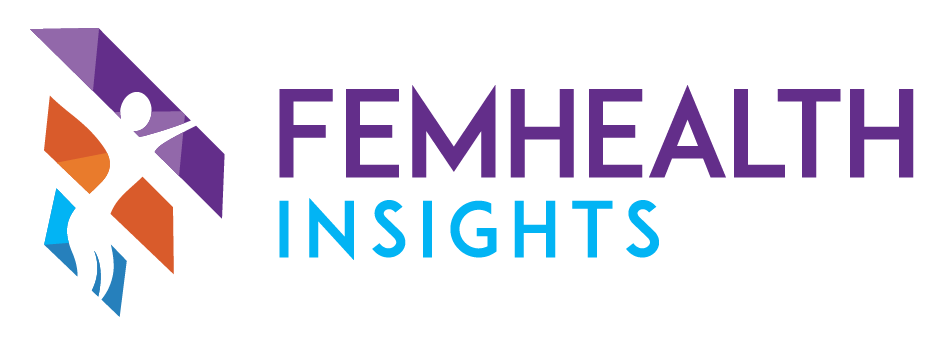Recent Trends Influencing Growth in Digital Health & FemTech
Written by Jillian Levovitz, MBA, Chief Strategy Officer, FemHealth Insights.
Digital health has seen a large increase in new entries and funding over the past several years. This trend, accelerated by the Covid pandemic, has been building since at least 2005 when the World Health Assembly urged members to create an ‘eHealth’ vision and strategies for implementing and monitoring that vision. Since then digital health products have been developed to enhance nearly all areas of healthcare and wellness delivery.
The most visible care delivery change and product type that has received the most investment is on-demand healthcare and telehealth providers. The expanded CMS reimbursement for telehealth services that were granted during the Covid pandemic has fast-tracked growth for both the number of general telehealth providers, as well as, specialized telehealth providers, such as those offering only maternal care or access to medicated abortions.
In addition, there's a growing prevalence of coaching apps that support holistic wellness and promote healthy lifestyle choices and modifications, as well as those that offer more focused specialty support for pregnant women or women who are breastfeeding. Digital health technologies have also become more prominent in both at-home and in-clinic diagnostics, testing, tracking, monitoring, and interventions. In addition to empowering patients to better understand and manage their own health, these products also play an important role in supporting the trending remote approach to health care delivery.
The past few years have led to significant advancements in novel approaches to patient monitoring, exam support, at-home diagnostics and complex symptom monitoring and even remote diagnostics through tests or machine learning/ AI tools. One example is Innitius, an AI powered medical device for use at home that monitors the risk of preterm labor. These new and improved healthcare tools provide significant value to patients, providers and the healthcare system at large.
That's why, despite total digital health investment across health care verticals being cut in half in 2022 compared to 2021, the 2022 investment was still higher than the total dollars invested in 2020. Reproductive and maternal health was the fifth-highest invested digital health clinical indication, an increase over 2021.
Furthermore, not only was investment in FemTech digital health startups equal or close to the 2021 figure, but FemTech captured a larger share of the digital health investment than ever before. What used to only account for 5% of all digital health investments, has more than doubled to now be slightly over 13%!
Trends that have influenced this growth:
Ecosystem
The FemTech ecosystem has grown substantially in the past several years with the introduction of many new amazing startups offering truly innovative products aimed at improving health outcomes and quality of life for women. We have also seen the growth of organizations that are doing incredible work to raise awareness of the need for better investment in women’s health and wellness and the impact of that investment on society at large.
Women Investing in Women
There has also been encouraging growth in the number of women making investment decisions at established firms, as well as new women-led funds and women angel networks. These investors are twice as likely to invest in female led companies than male investors, which favors FemHealth where 80% of the companies are led by women founders.
Additionally, financial and technical support from experienced service providers, such as the women-led team at Guidea, have created opportunities for FemHealth startups to receive specialized guidance through sponsorship programs such as Femovate.
Investment Stage
We saw a substantial decrease in the number of later stage digital health deals in 2022, which favor older more established companies. This shift created opportunity and available capital for earlier stage companies, the category a majority of FemTech startups fall into. According to FemHealth Insight data, over 60% of FemHealth startups have been founded in the last 5 years. In 2021, there were 88 startups that raised $100 million or higher, but that number fell to only 35 in 2022.
A Few Ecosystem Partners
Society for Women’s Health Research The Society for Women’s Health Research (SWHR) is the thought leader in promoting research on biological sex differences in disease and improving women’s health through science, policy, and education.
WHAM - Women’s Health Access Matters. WHAM is working to increase awareness of and accelerate funding for women’s health research to transform women’s lives and impact the economy.
Women’s Health Innovation Coalition (Springboard) - A coalition of innovators, investors, clinicians, analysts, and executives with the shared goal of advancing innovation in women’s health.
Digital Health Companies to Watch
Hashiona - Wellness app supporting lifestyle management of Hashimoto’s, an autoimmune disease that disproportionately impacts women.
Elana - Digital health platform to support expanded access to comprehensive pelvic care for women.
HeyJane - Telehealth access to medication abortion and platform to support women and provide education materials.
About the Author:
Jillian Levovitz, MBA, is an experienced healthcare executive, the Founder, and CEO of OcciGuide, and Chief Strategy Officer at FemHealth Insights where she is responsible for consulting and research projects.



